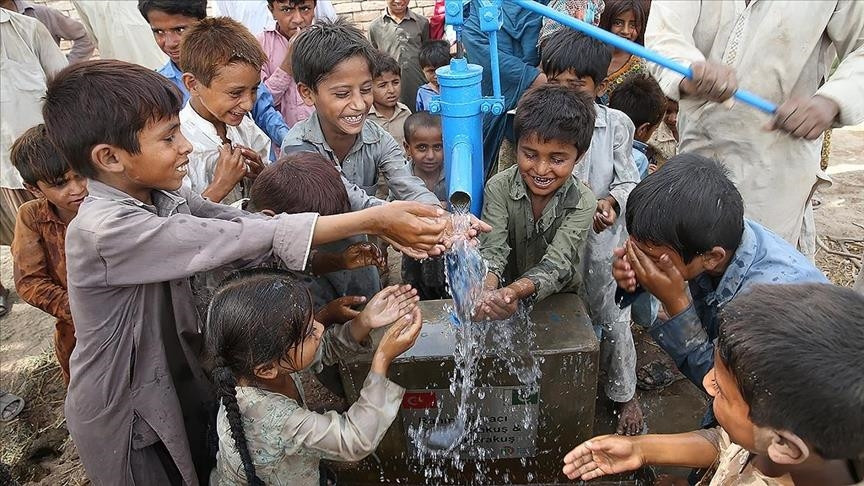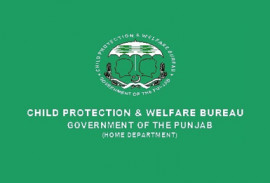
The water crisis in Rawalpindi city has exacerbated as the level of groundwater is fast tumbling amidst high demand for the commodity by a mushrooming population.
According to officials, water shortage in Rawal Dam and Khanpur Dam has also led to the crisis as both the dams have almost touched the dead level, causing a severe water shortage in the garrison city.
The growing gap between water supply and demand has created a worrying situation in the city.
The water tanker business has thrived in the city, as one tanker is being sold between Rs3,000 and Rs4,000.
Meanwhile, civic agencies have issued regular advisories to the citizens to be careful in using the commodity as the water crisis is deepening with each passing day. Of the 460 tub wells functioning under the supervision of the Water and Sanitation Agency (WASA) in the city, three tubewells have stopped extracting water from 350 feet deep underground. The pressure of water being supplied from tubewells from 600 feet deep has progressively declined.
The depleting water level in Rawal Dam and Khanpur Dam and the falling groundwater level has left a population of 1.6 million in the lurch with civic agencies only supplying 46 million gallons daily water against the requirement of 59 million.
Read 27k children’ die of waterborne diseases
Around 150 tubewells of Rawalpindi Cantonment and Chaklala boards have also started drying up because of falling groundwater levels. Tubewells in cantonment areas are not functioning to the optimum because of incessant load-shedding.
Citizens said that the water shortage has increased manifold in the recent past amidst rising temperatures.
Officials said that only 18 feet of water has left in Khanpur Dam, the largest reservoir for supplying water to the twin cities. At present, water inflow in the dam is 84 cusecs against the outflow of 194 cusecs.
The water level in Rawal Dam is slightly better than that of Khanpur Dam. However, it can also stop the water supply, officials said.
Experts say that they can only overcome the water crisis in the twin cities after lying a pipeline to fetch water from Ghazi Bharuta Dam.
Talking to The Express Tribune, WASA Managing Director Raja Shaukat Mehmood said that future planning has become inevitable to meet the ever-increasing water need of the garrison city.
He said that Rawal Dam, Khanpur Dam and tube wells were not capable of meeting the future water needs of the twin cities. He said that in the first phase, 200 million gallons of water may be made available for the twin cities from Ghazi Barotha Dam. While the supply can be doubled in the second and third phases.
Pakistan Tehreek-e-Insaaf Punjab Assembly member Ijaz Khan Jazi told The Express Tribune that he has told Punjab Chief Minister Usman Buzdar that it was more important to fetch 200 million gallons of water from Ghazi Bharuta dam to the twin cities than the construction of the Leh expressway.
“Instead of investing Rs75 billion on the Leh expressway project, the Ghazi Bharuta project should be completed by investing these funds to meet the water requirement of the twin cities for the next 50 years,” he said.
Published in The Express Tribune, July 25th, 2021.


1722586547-0/Untitled-design-(73)1722586547-0-165x106.webp)


1732326457-0/prime-(1)1732326457-0-165x106.webp)





1732012115-0/Untitled-design-(14)1732012115-0-270x192.webp)







COMMENTS
Comments are moderated and generally will be posted if they are on-topic and not abusive.
For more information, please see our Comments FAQ